Applying Problem Based Learning (PBL)
What is Problem Based Learning (PBL)? Problem Based Learning (PBL) is a method in which learners are immersed in solving real-world problems. PBL is based…
Understanding Instructional Design
Instructional Design is the process of using our knowledge of how people learn to guide our choices of instructional sequences and strategies to meet the needs of the learners and desired learning outcomes.
Instructional Design can be applied to anything that involves Human Performance Improvement. The Instructional Designer is a learning expert who can use their knowledge of the principles of learning and instruction to find the optimal method of instruction. This means finding the most effective, appealing and cost-effective solution. The Instructional Designer analyses the instructional problem, the task, learning needs and learning environment. By clearly defining the learning objectives the Instructional Designer can sequence the content and choose strategies to meet the learning goals. These decisions are based on both knowledge of proven learning strategies and practical experience.
Research has shown that particular ways of delivering instructions are more effective than others. Different kinds of learning goals require different approaches to instruction. The Instructional Designer can determine the best instructional conditions or methods to deliver learning outcomes. The Instructional designer develops instructional strategies that are tailored to the learning objectives and the needs of the learners.
The aim of instructional design is to make the instructions effective, efficient, appealing and cost-effective. The instructional designer uses a variety of interactive media to improve learning and address learning objectives. Traditional face-to-face teaching methods can be enhanced by, or even replaced by innovative e-learning methods. The instructional designer is the expert in finding the right technology to support good pedagogy.
The Information Age is making new demands on us all. Education must find ways to face these new challenges. We can no longer see learners as empty vessels that can be filled with information. The information now resides out there, distributed across a vast network and shared between all people. The challenge now is to help people to use this information safely, wisely and productively as they adapt to a rapidly changing world. We need to prepare “students to learn, work and live successfully in a knowledge-based, global society” (Newhouse, 2002). The Instructional Designer is there to facilitate learning in this new epoch, The Knowledge Age.
The terms Instructional Design, Educational Design and Learning Design can be used interchangeably. Learn more.
window.dataLayer = window.dataLayer || [];
function gtag(){dataLayer.push(arguments);}
gtag(‘js’, new Date());
gtag(‘config’, ‘AW-960678877’);
ADDIE Instructional Design Model
Instructional Design Australia (IDA) draws on the ADDIE model of Instructional Design when delivering its learning design services to clients across Australia. Watch the video below to learn more on how IDA apply the ADDIE model.
Instructional design is the process of applying our understanding of how people learn to drive our decisions of instructional strategies and sequences to meet learning needs. It’s the method of drawing on adult learning theory and instructional design models and principles, to create learning programs that most effectively help learners achieve the learning outcomes.
{
“@context”: “https://schema.org”,
“@type”: “FAQPage”,
“mainEntity”: [{
“@type”: “Question”,
“name”: “What is instructional design?”,
“acceptedAnswer”: {
“@type”: “Answer”,
“text”: “Instructional design is the process of applying our understanding of how people learn to drive our decisions of instructional strategies and sequences to meet learning needs. It’s the method of drawing on adult learning theory and instructional design models and principles, to create learning programs that most effectively help learners achieve the learning outcomes.”
}
},{
“@type”: “Question”,
“name”: “What is the purpose of instructional design?”,
“acceptedAnswer”: {
“@type”: “Answer”,
“text”: “The aim of instructional design is to make learning effective, engaging, efficient and cost-effective.”
}
},{
“@type”: “Question”,
“name”: “What are three major components of instructional design?”,
“acceptedAnswer”: {
“@type”: “Answer”,
“text”: “The three major components of instructional design are:
1. Learning objective
2. Instructional activities
3. Assessment”
}
},{
“@type”: “Question”,
“name”: “What is the difference between curriculum design and instructional design?”,
“acceptedAnswer”: {
“@type”: “Answer”,
“text”: “Curriculum design is ‘what’ learners will learn, whereas instructional design is ‘how’ that will learn it. In other words, curriculum design refers to the knowledge and skills – the learning outcomes, while instructional design refers to the learning methods and experiences.”
}
},{
“@type”: “Question”,
“name”: “What skills do you need to be an instructional designer?”,
“acceptedAnswer”: {
“@type”: “Answer”,
“text”: “Exceptional Instructional Designers are learner-focused, creative and have excellent communication skills. They keep project on track, meet deadlines and maintain high quality standards. Instructional Designers are eager learners and constantly explore innovative and evidence-based strategies to improve their practice.”
}
}]
}
The aim of instructional design is to make learning effective, engaging, efficient and cost-effective.
The three major components of instructional design are:
1. Learning objective
2. Instructional activities
3. Assessment
Curriculum design is ‘what’ learners will learn, whereas instructional design is ‘how’ that will learn it. In other words, curriculum design refers to the knowledge and skills – the learning outcomes, while instructional design refers to the learning methods and experiences.
Exceptional Instructional Designers are learner-focused, creative and have excellent communication skills. They keep project on track, meet deadlines and maintain high quality standards. Instructional Designers are eager learners and constantly explore innovative and evidence-based strategies to improve their practice.
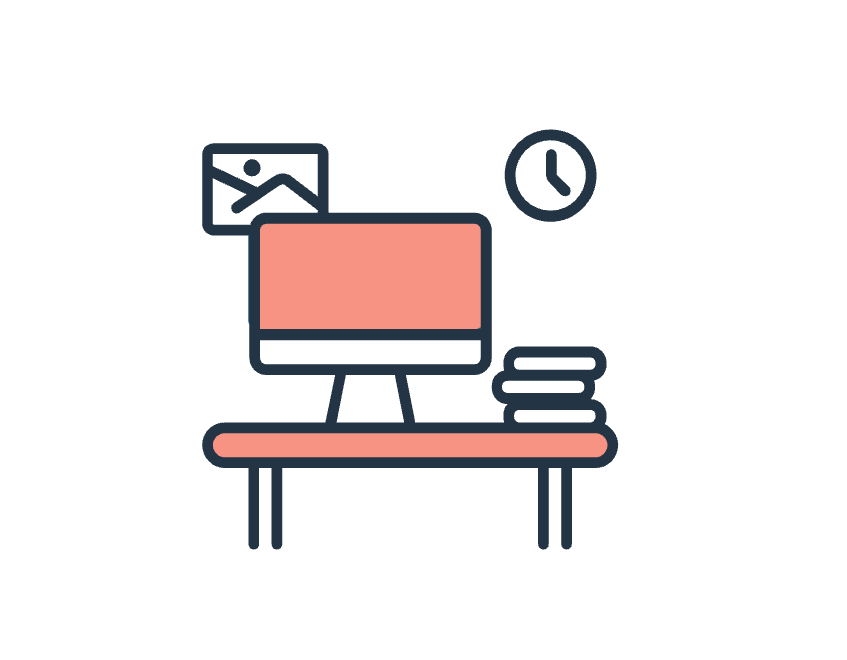
Embrace the freedom of working remotely or as a digital nomad.
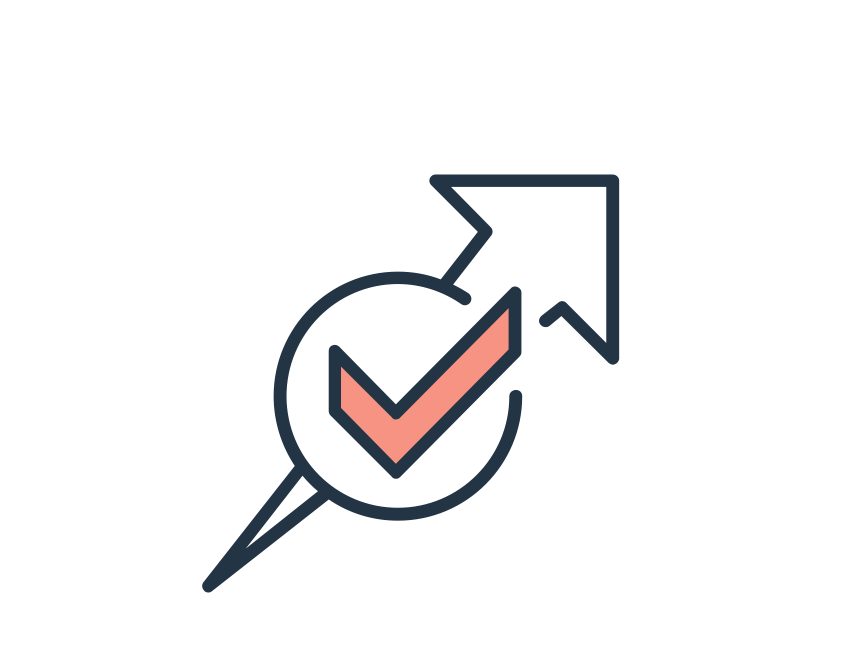
Join a thriving industry, where your new skills are in demand! 21.7% projected job growth in 5 years (Seek, 2023)
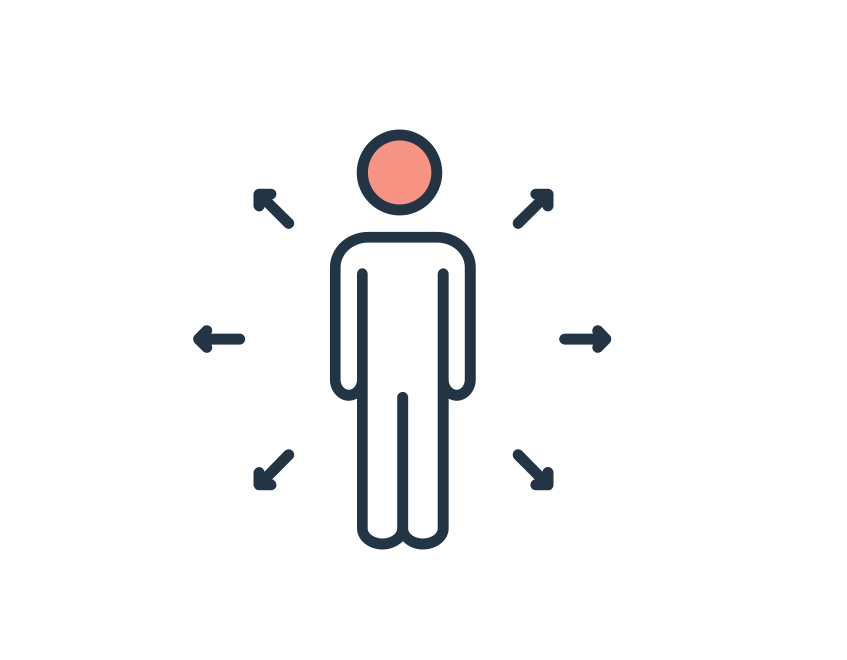
Constantly expand your knowledge and skills in a dynamic role.

Make a meaningful impact by helping others to learn and grow.

Say goodbye to monotony - every project requires curiosity and new thinking.
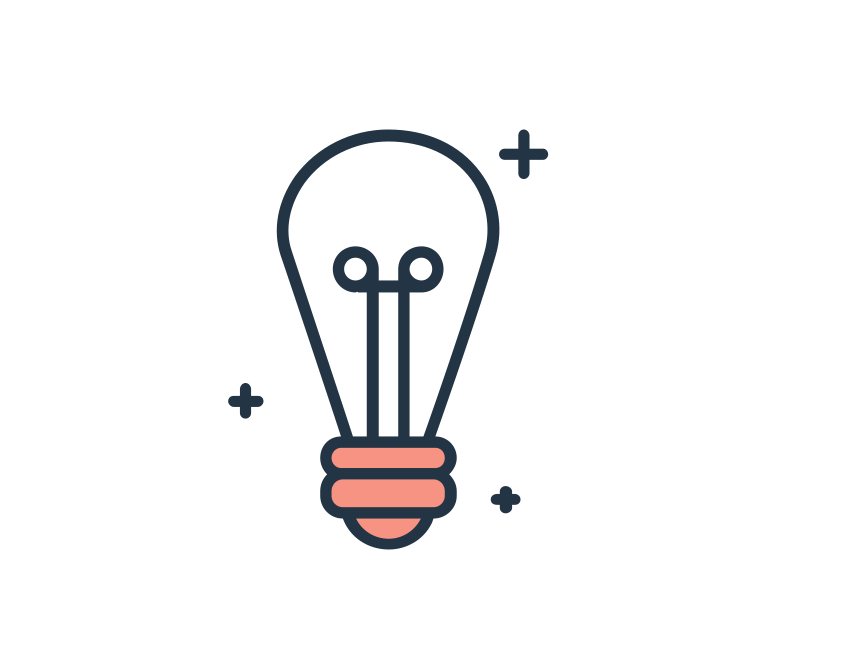
Channel your creativity and problem-solving abilities into designing effective learning experiences.
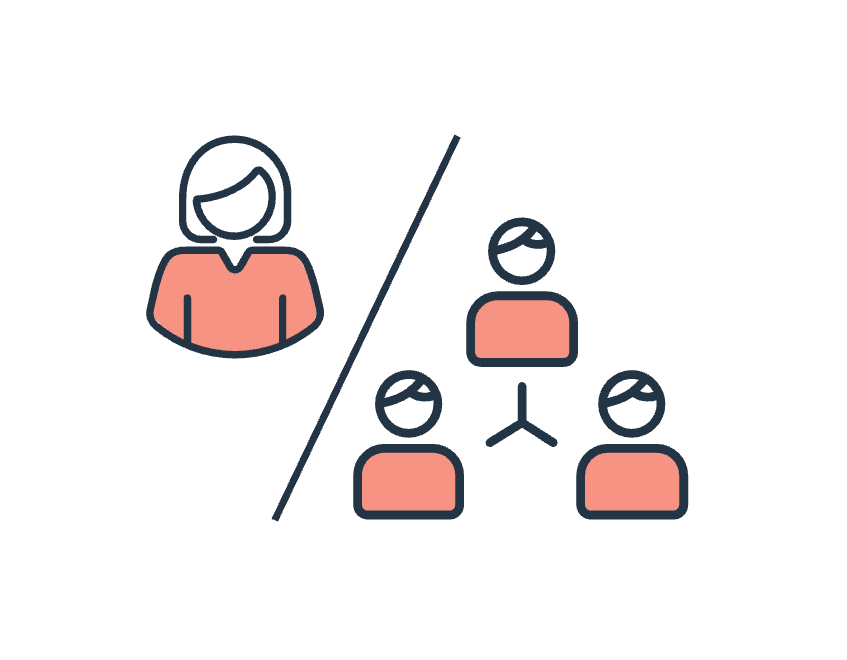
Explore the versatility of freelancing or collaborating in a team.
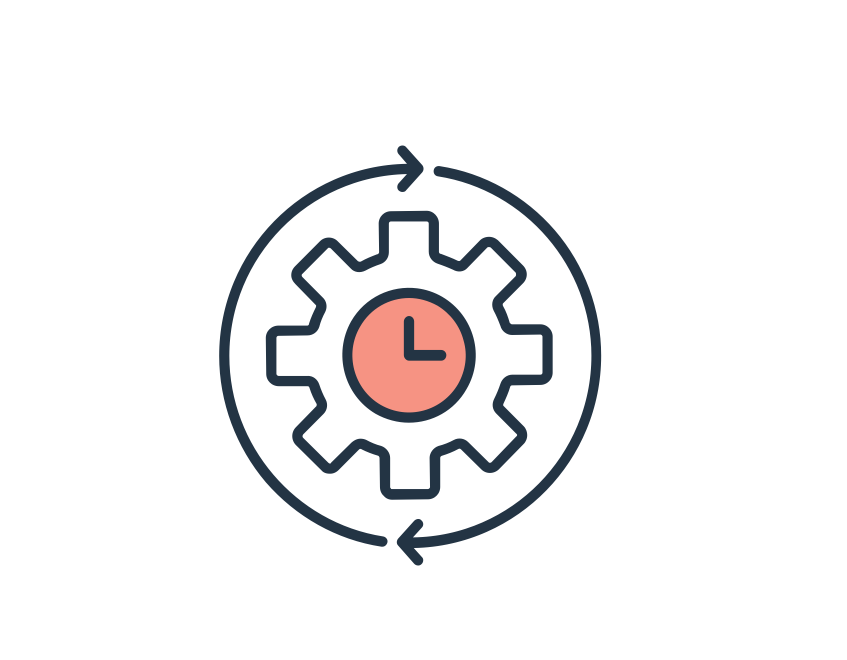
Enjoy flexible hours that fit your lifestyle.
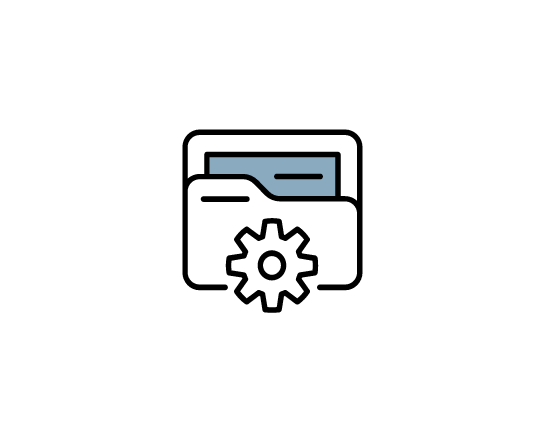
In-depth investigations of a single person, group, event, or community used to apply concepts, foster critical thinking and bridge the gap between theory and real-world application.
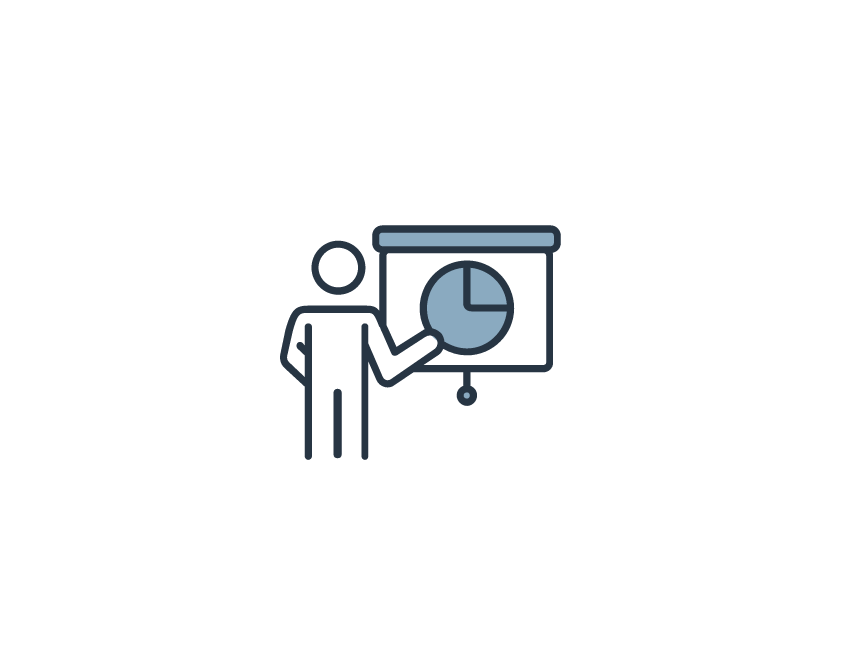
Slideshows using visuals to support facilitated sessions.
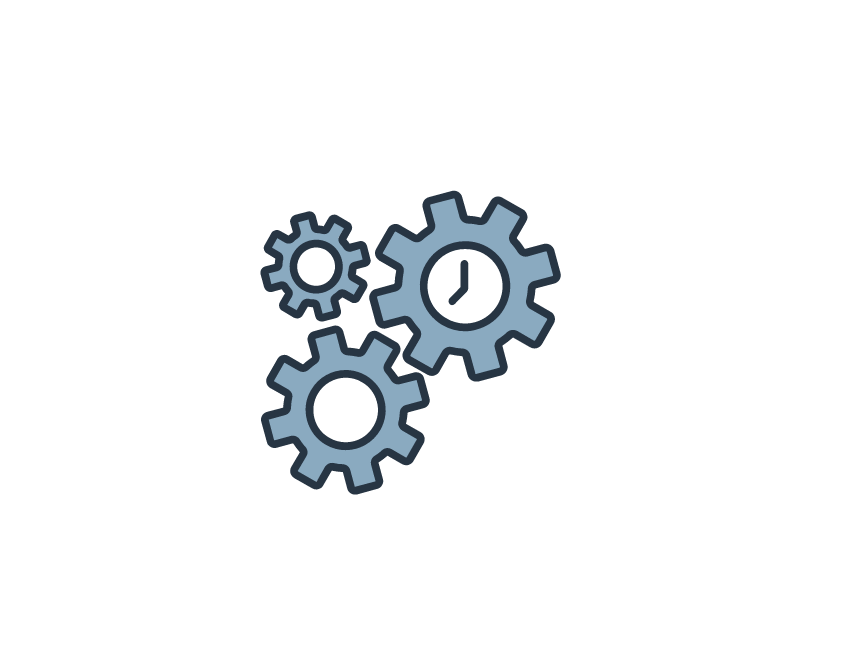
Materials like flashcards, simulations, reflection questions, discussion questions and activities crafted to reinforce and cement concepts post-training.
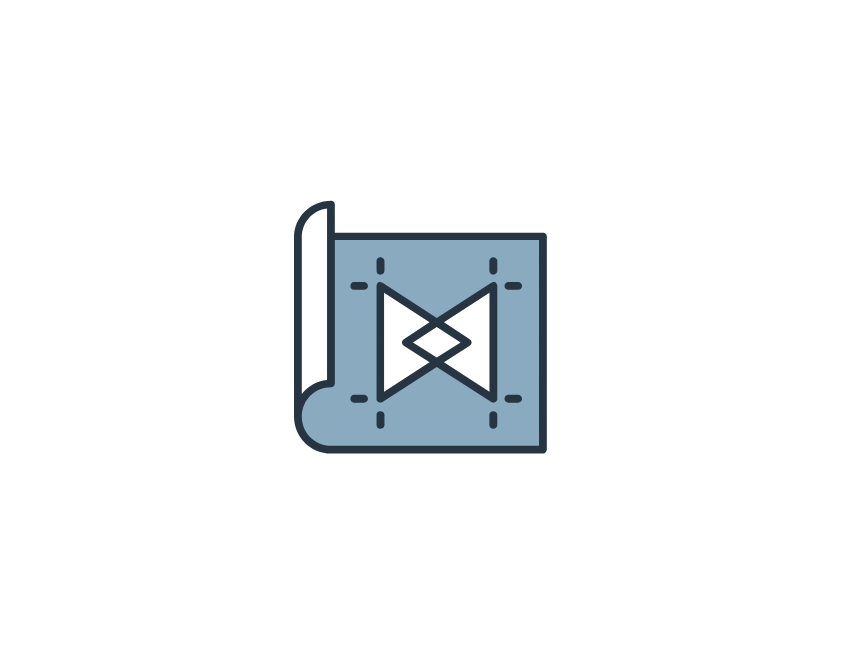
Visual representations of course structures, mapping content and assessment tasks to learning outcomes.
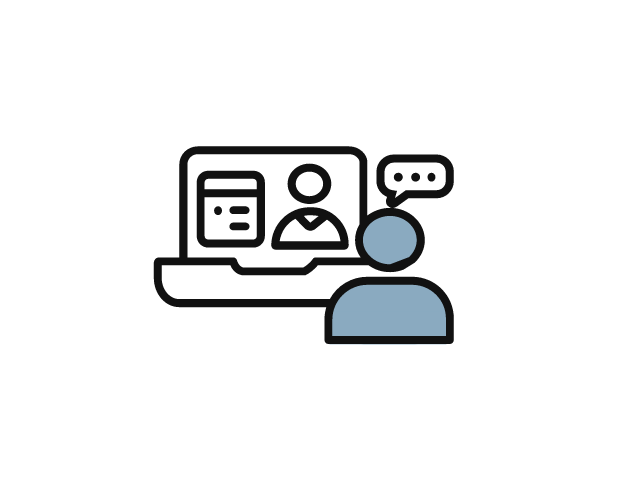
Live, web-based video sessions focusing on specific topics.

Interactive acting exercises mimicking real-world situations.
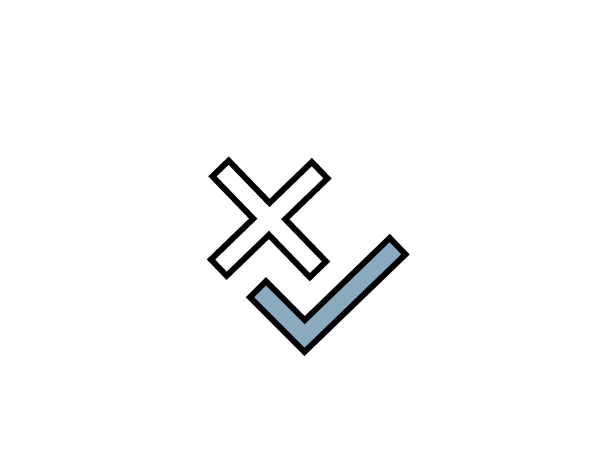
Tests to gauge understanding and retention against learning outcomes.
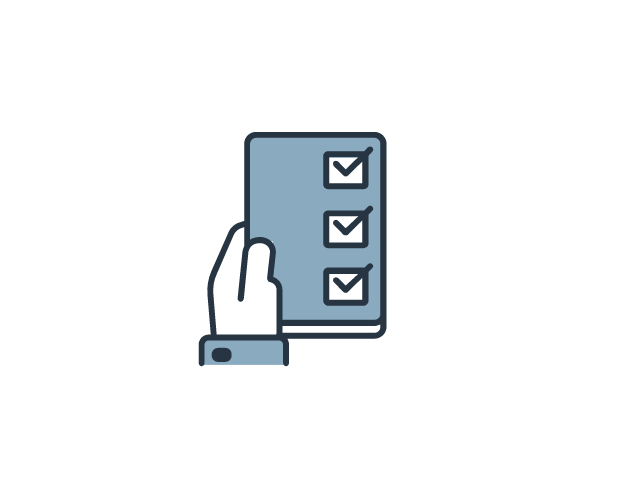
Compact sheets or cards highlighting essential tips, such as software shortcuts or procedure reminders.
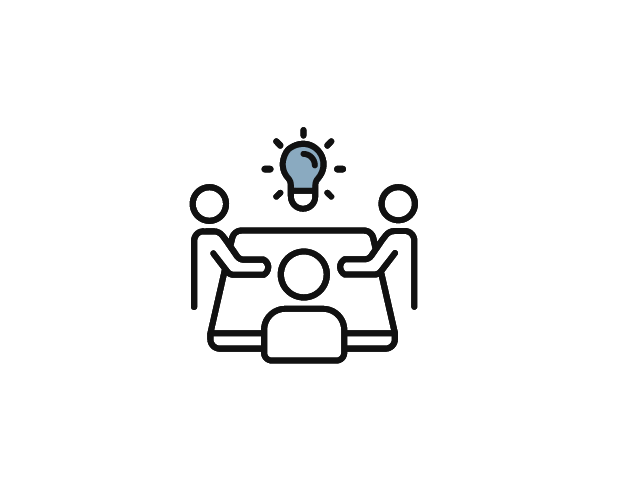
Small group exercises where learners collaborate, share insights and learn from each other's experiences.

Structured routes guiding learners through a sequence of content.
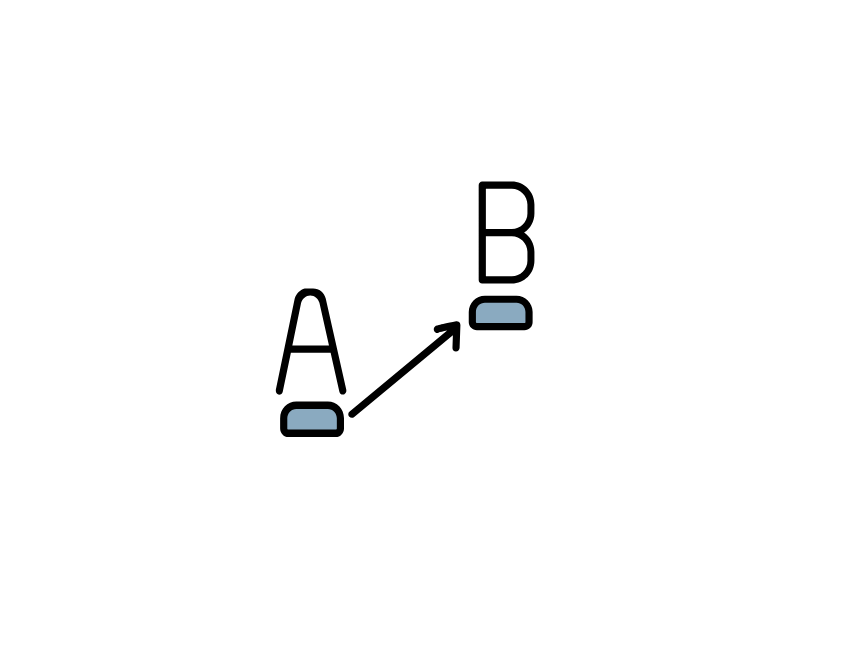
Visual representation of the overall structure and design of the end-to-end learning program, including learning outcomes, delivery methods and assessment tools.

Printed or digital materials with modules, exercises, activities and case studies to guide learners through content.
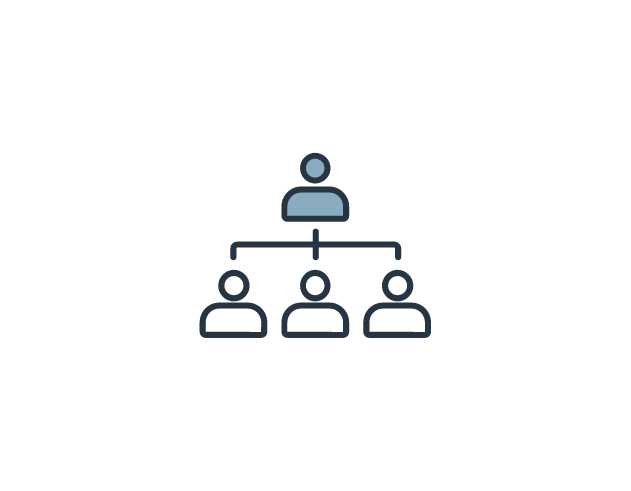
A collection of activities, team huddle sessions and discussion guides to facilitate group reflections or sessions to support learning transfer.
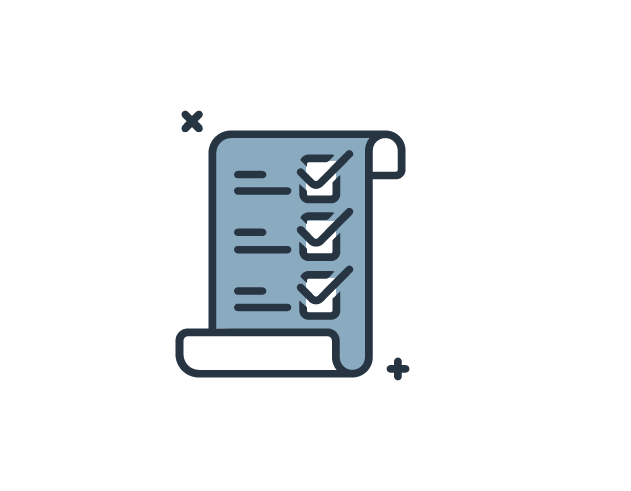
Handy tools or references aiding performance on tasks.
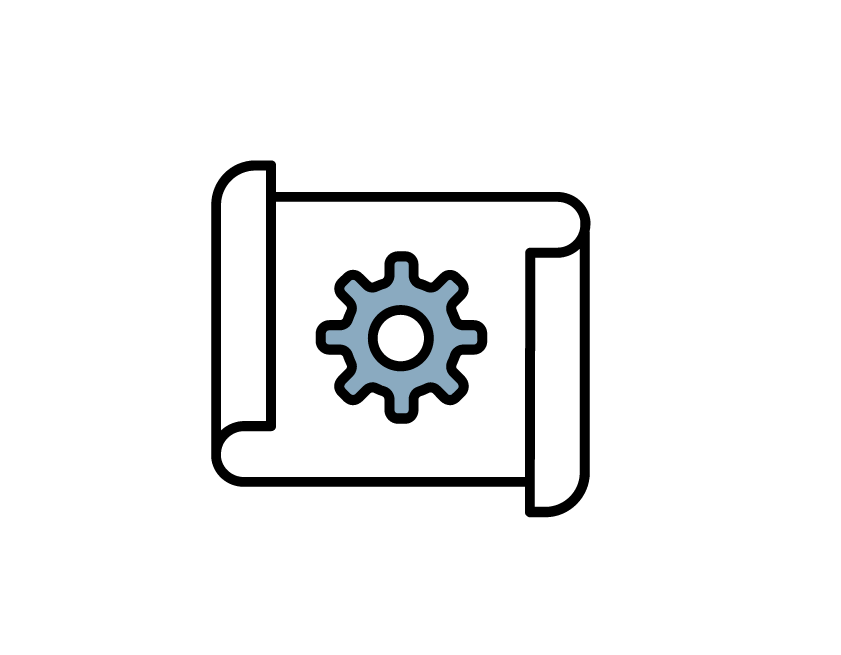
A ‘blueprint’ of the learning solution, including topics, timings, key activities, resources, learning materials to be developed and the evaluation strategy.
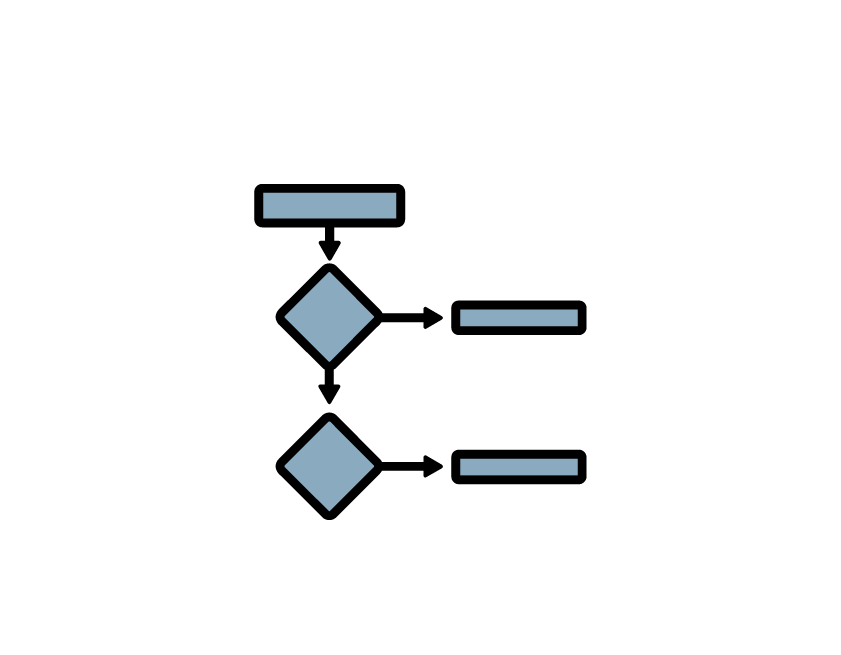
Flowcharts, decision trees, hierarchies and other diagrams to visually communicate complex processes or concepts.
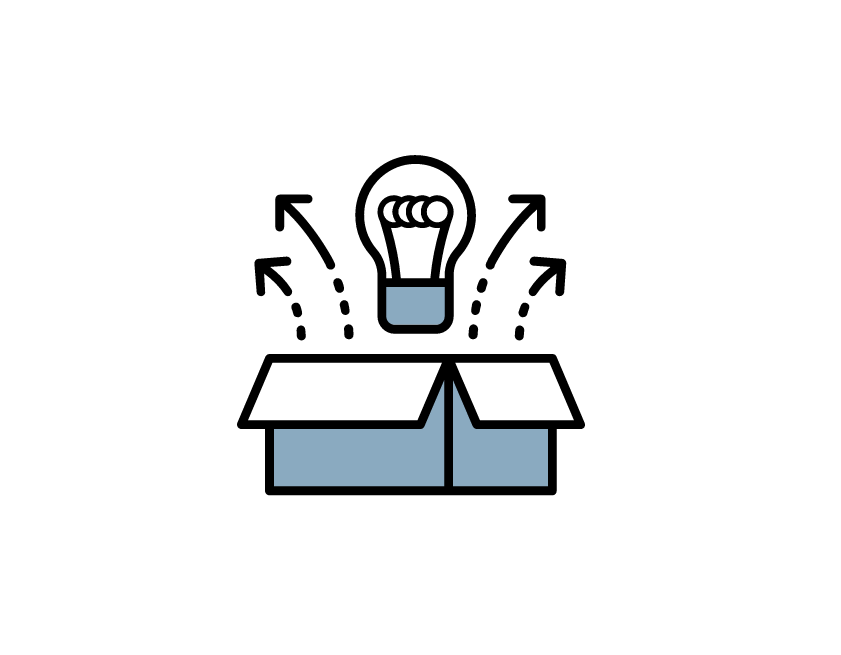
Tools and materials facilitating hands-on experiences, enhancing engagement, and supporting practical skill application in learning.
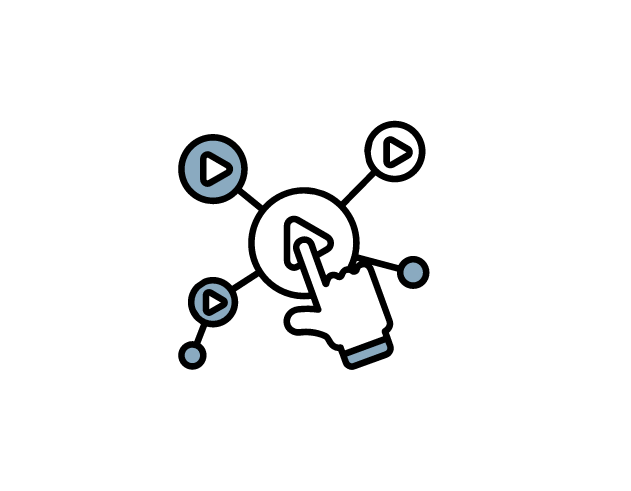
Short, focused learning segments designed for quick consumption and immediate application of specific skills or knowledge.
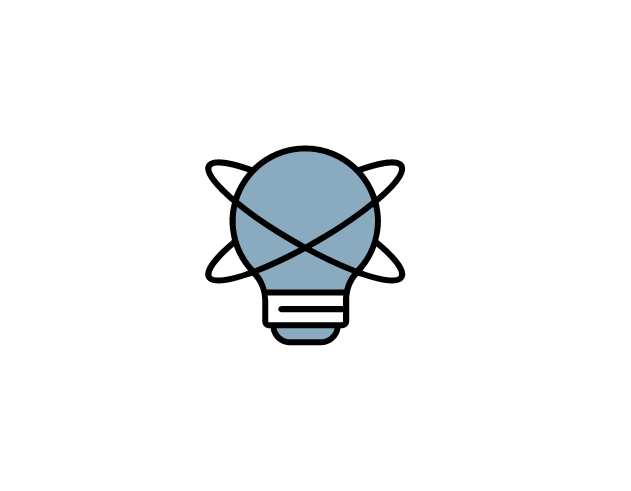
Tasks like preliminary readings or online quizzes designed to prime learners for the main content.
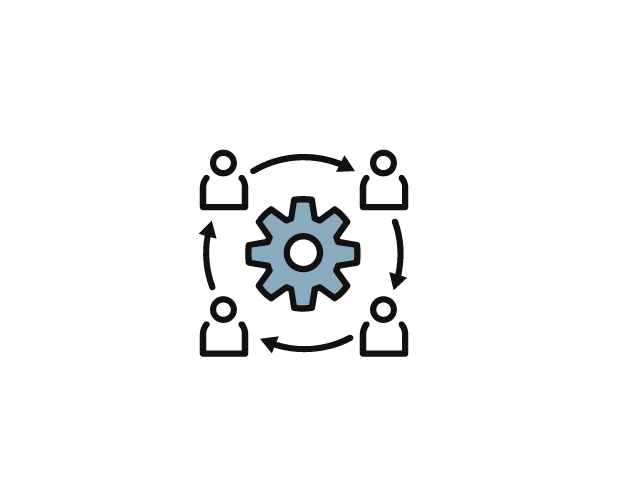
Real-world challenges mimicked for decision-making practice.
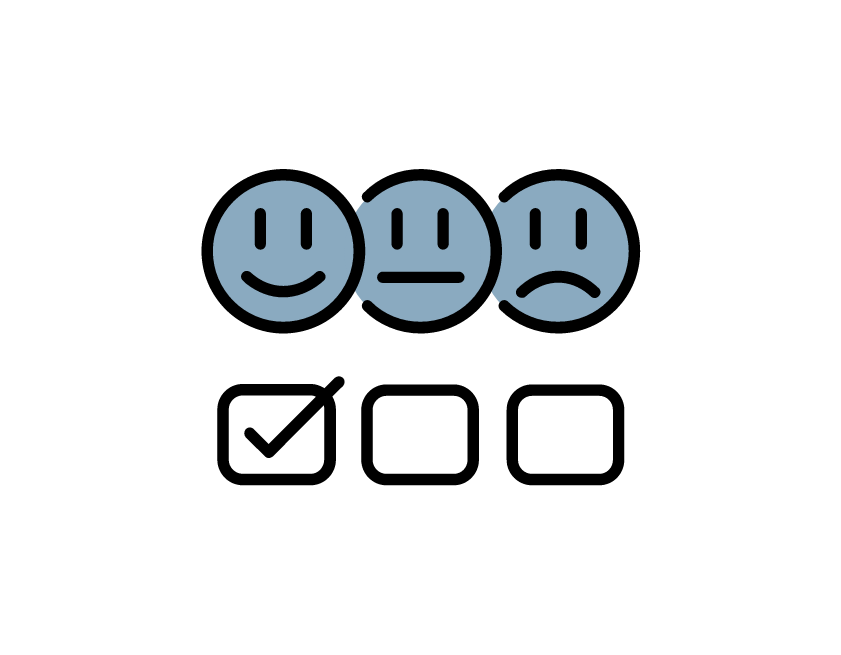
Methods to collect and analyse learner feedback to refine and improve a program.

Guides and templates to help coaches support their staff through effective coaching conversations.
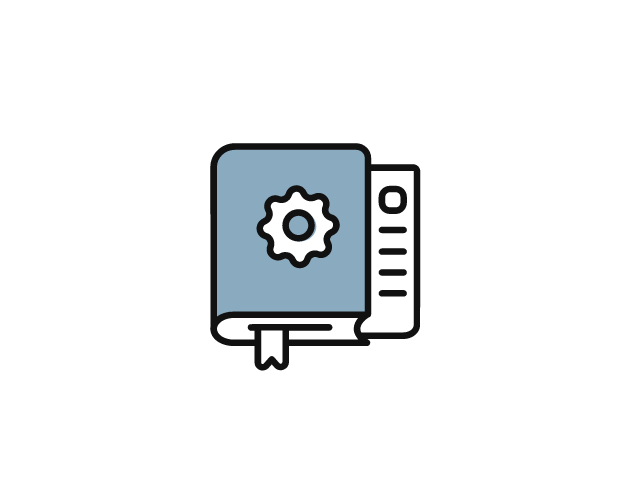
Guides consisting of a program overview and session plan/s to support facilitators in teaching and delivering content.

Tools used to measure the effectiveness of a program.
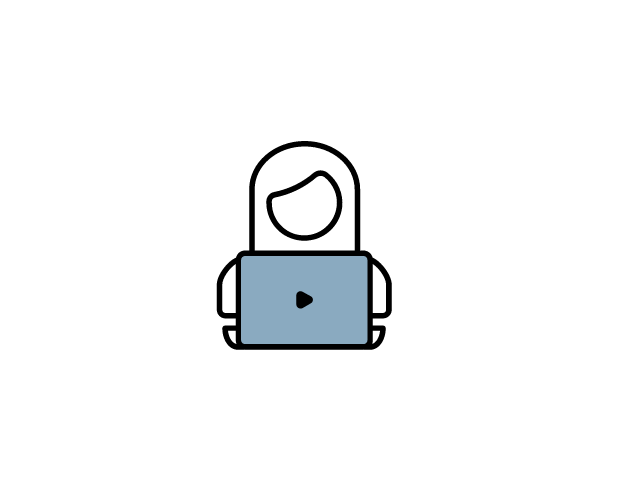
Content and activities to be completed at a time and place that suits learners.












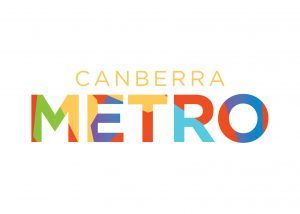








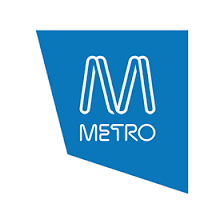







Contact Us
Office
E: info@discoverlearning.com.au
Ph: 1300 528 736
Michael Peart
E: michael@discoverlearning.com.au
Ph: 0434 075 231
Bianca Schimizzi
E: bianca@discoverlearning.com.au
Ph: 0416 013 623